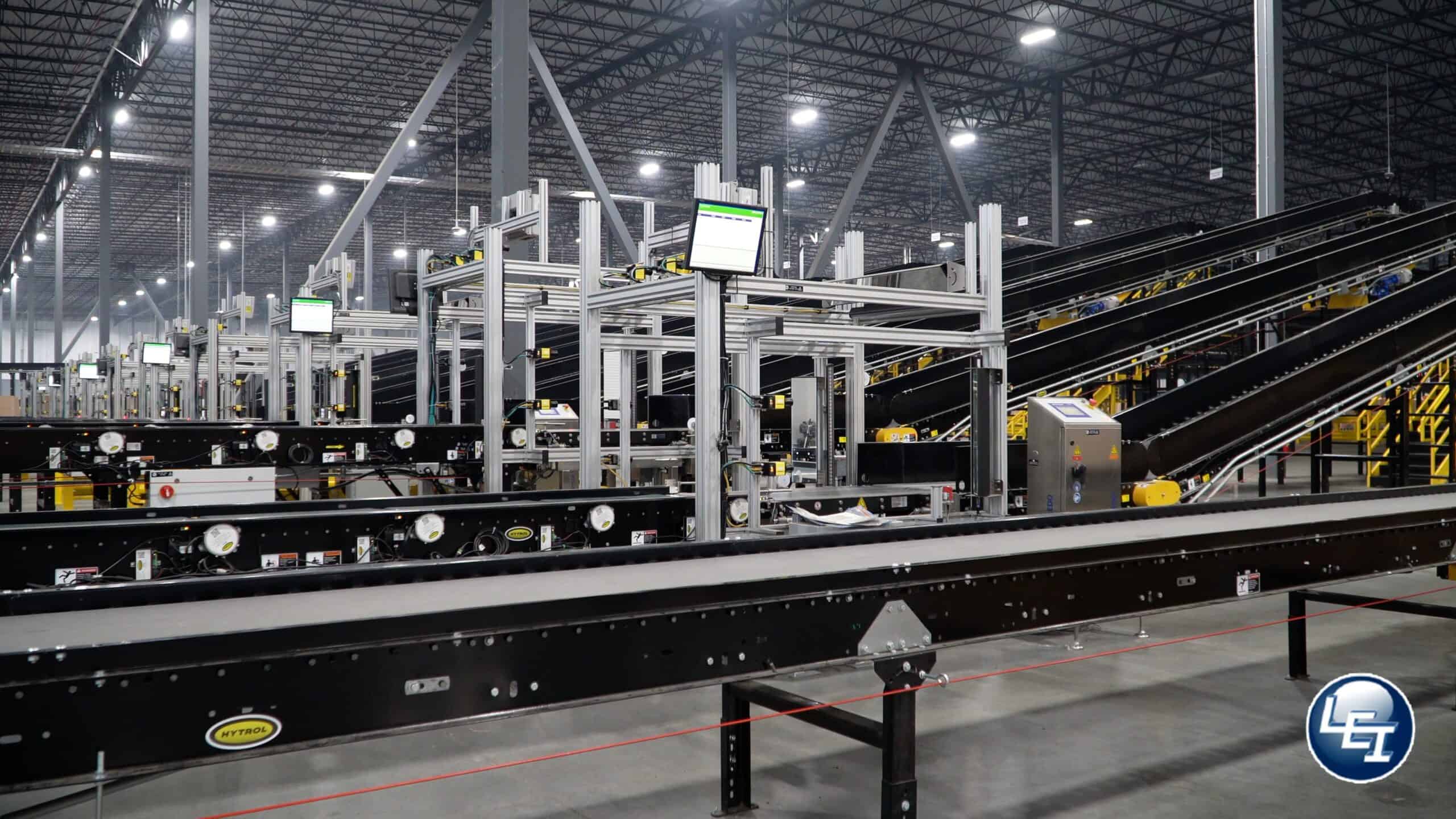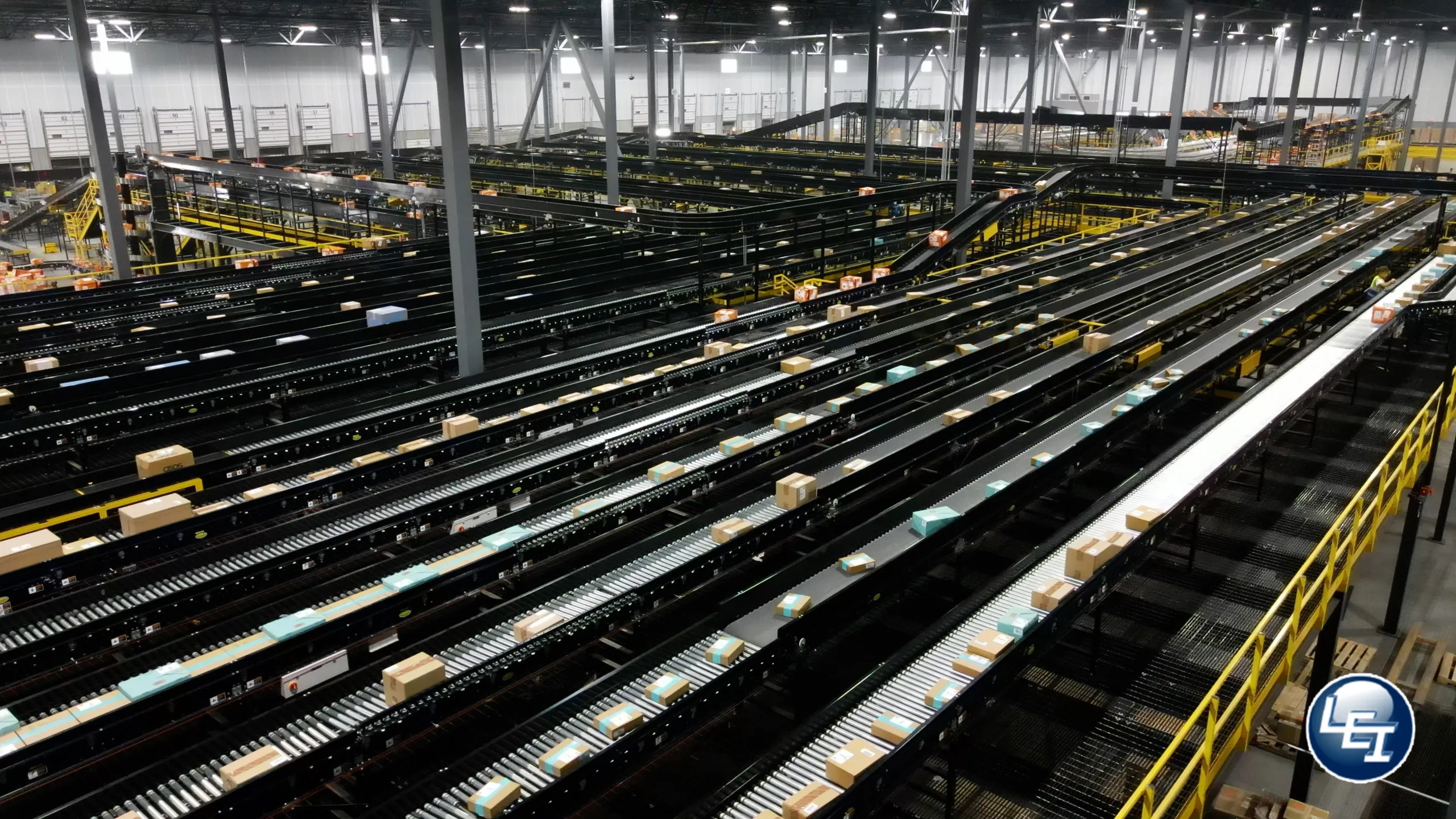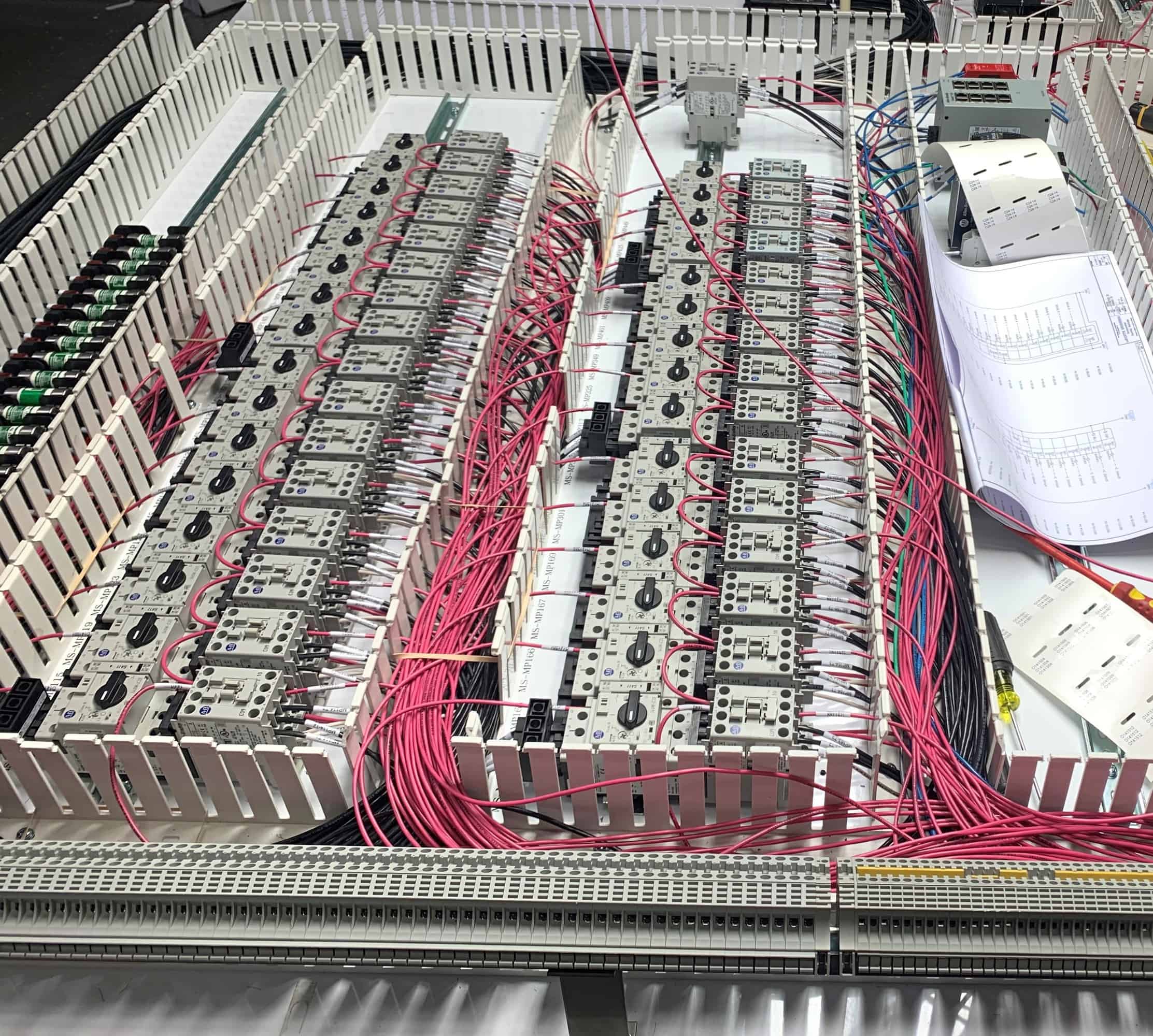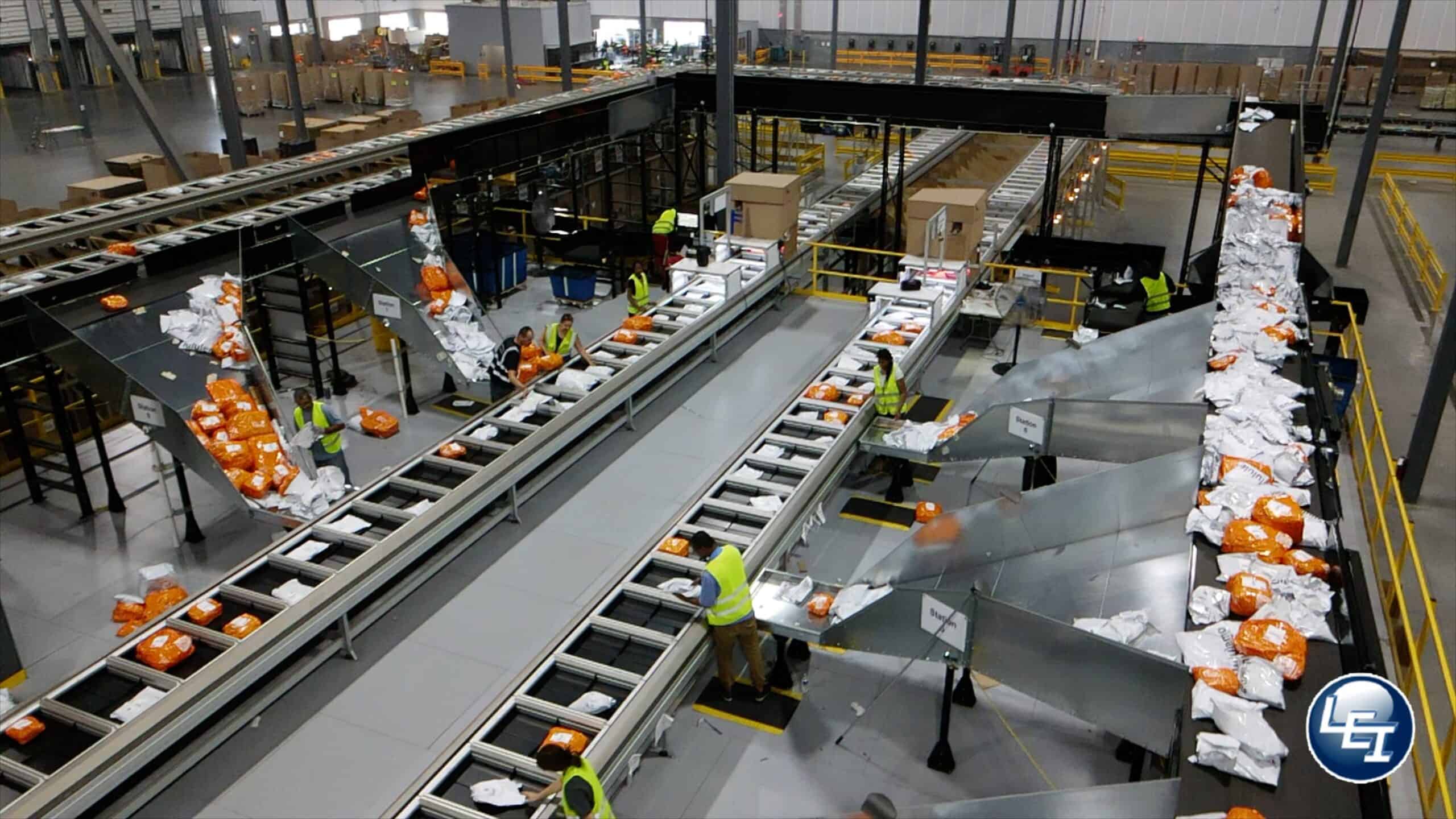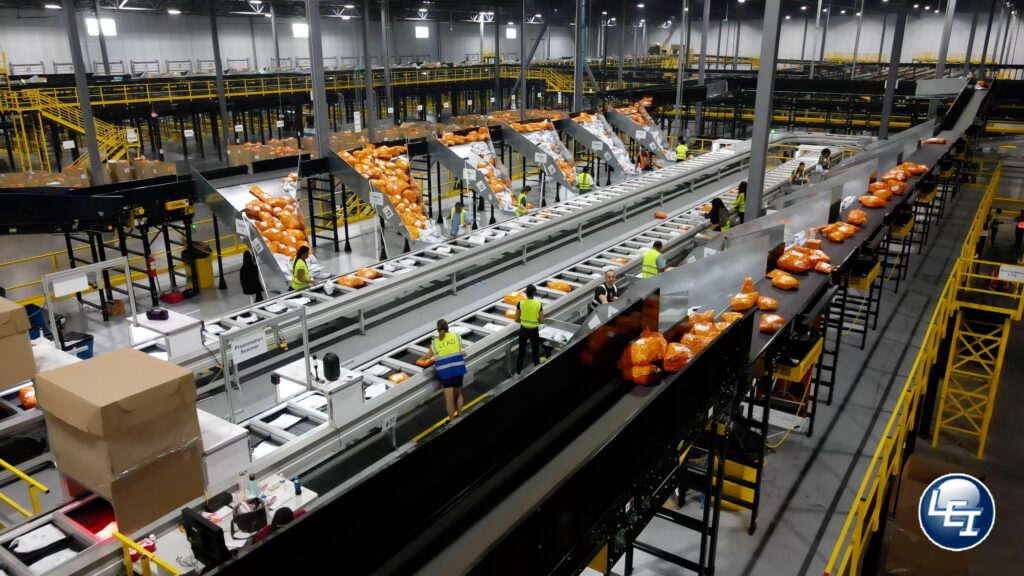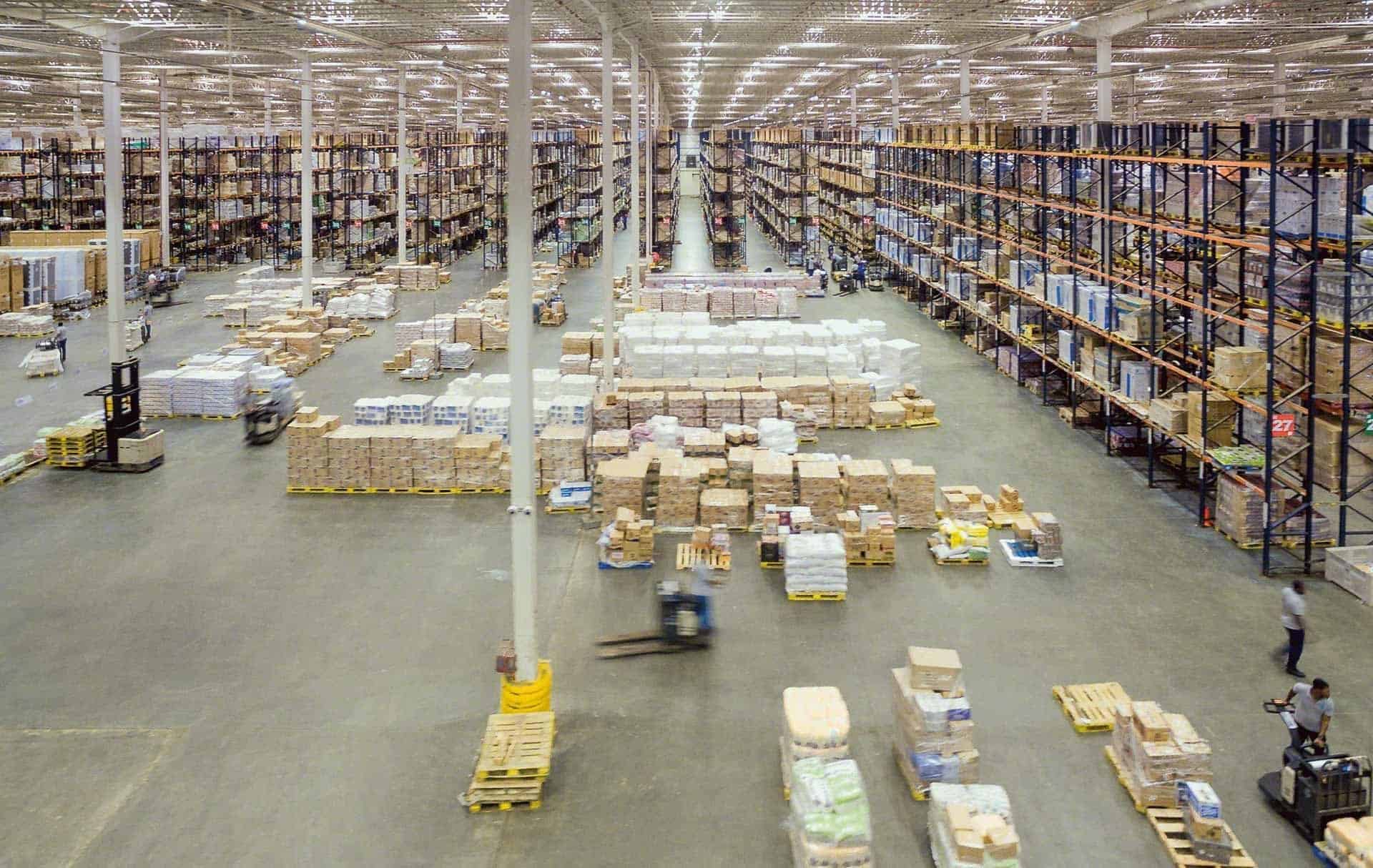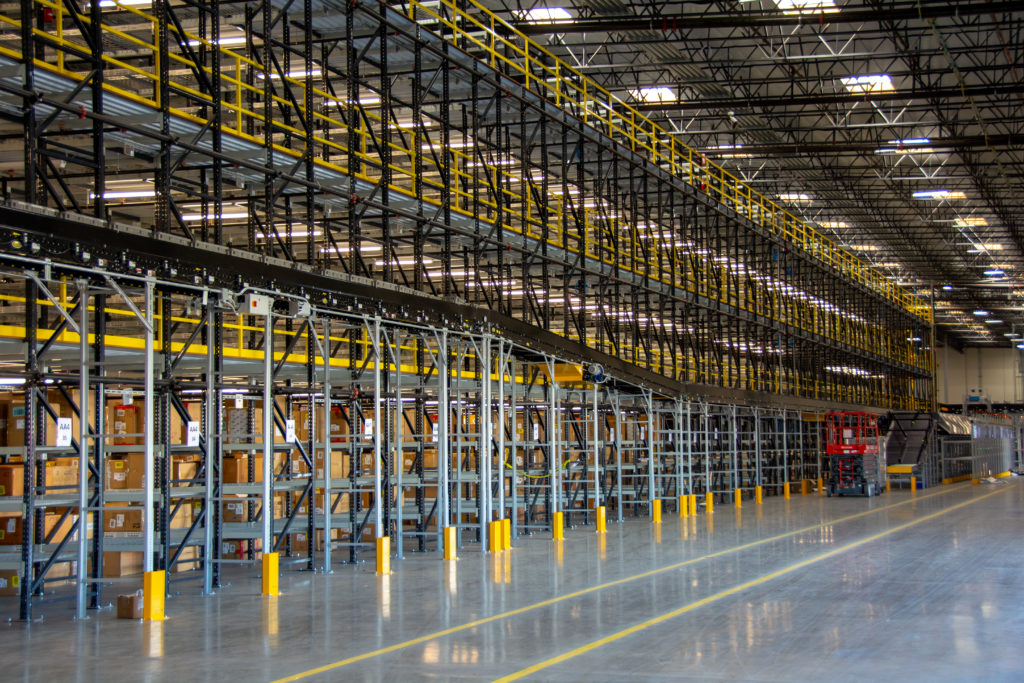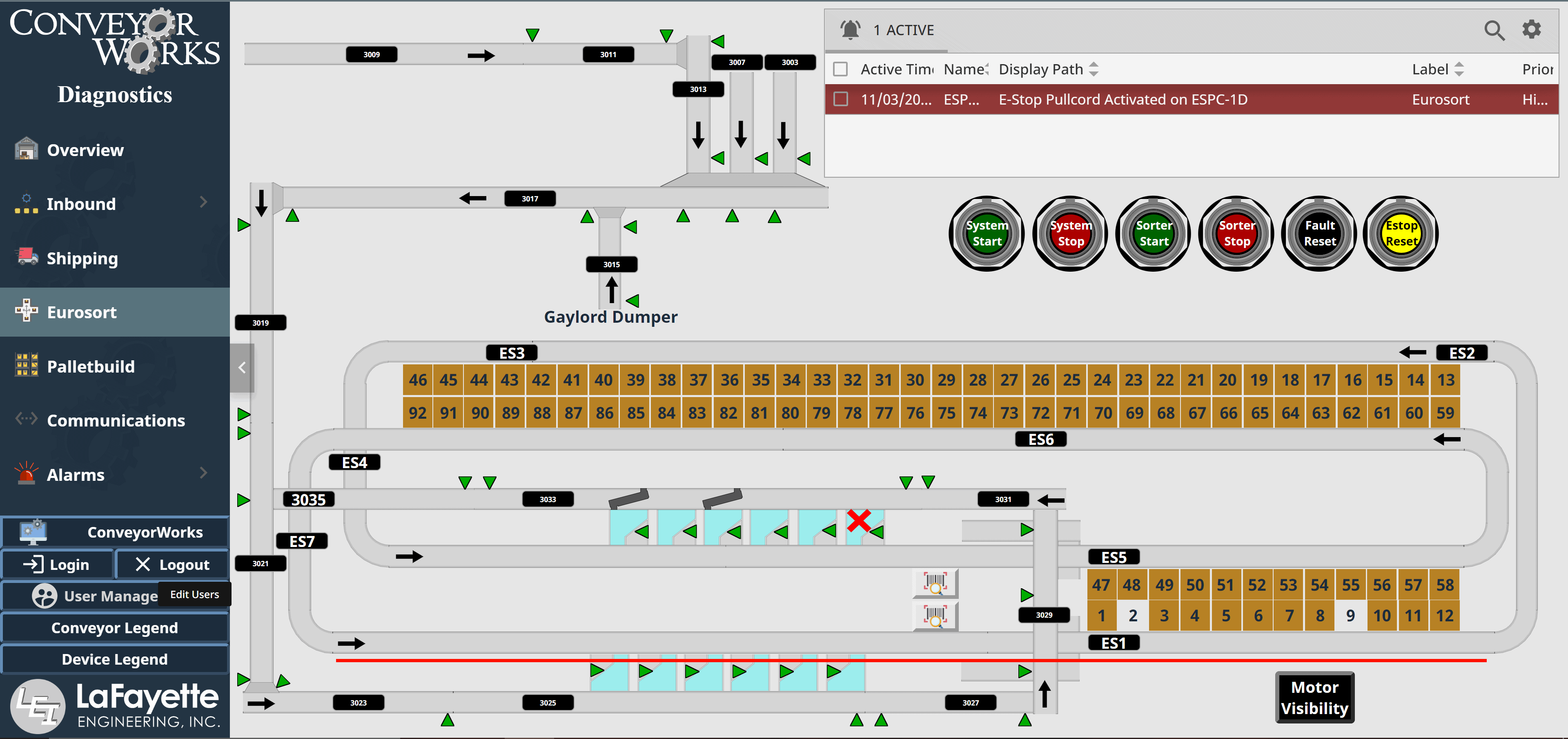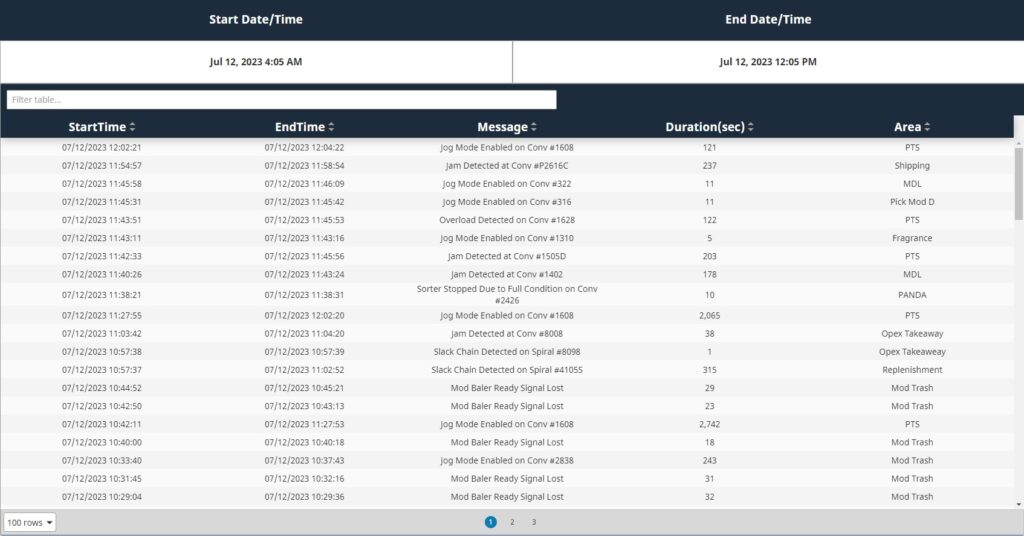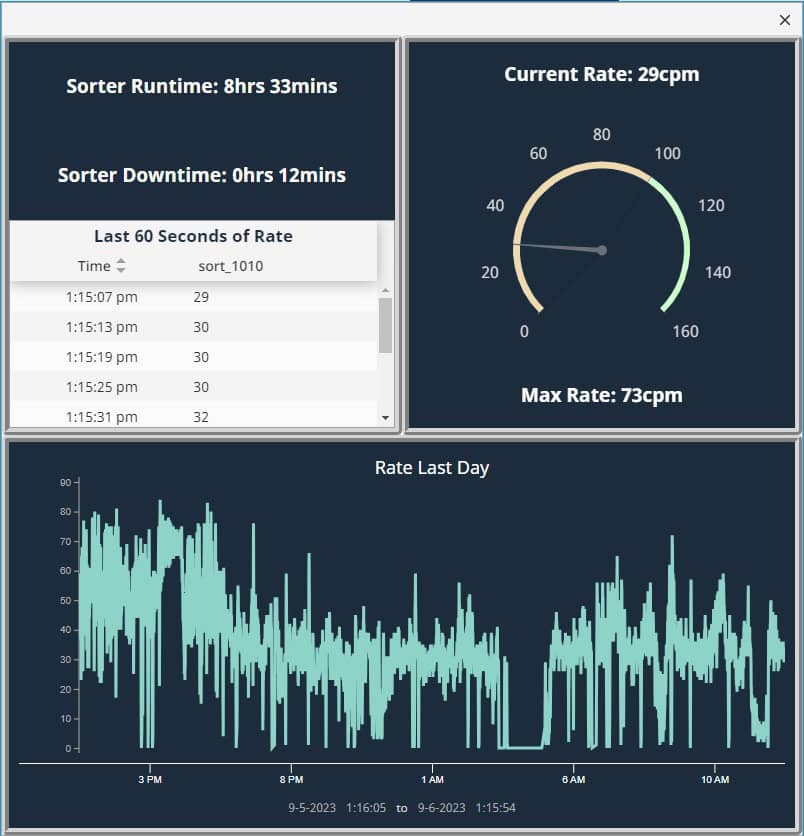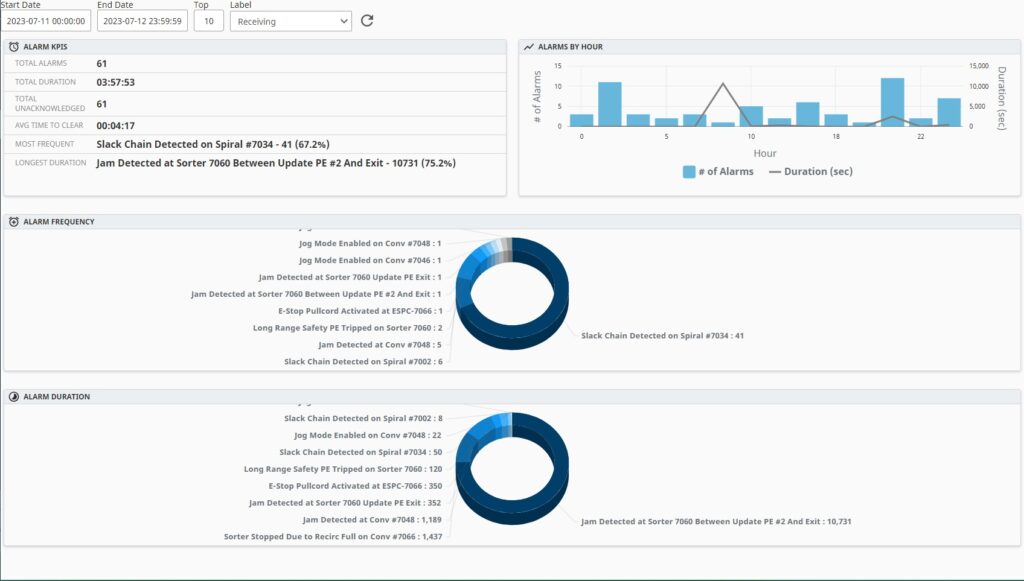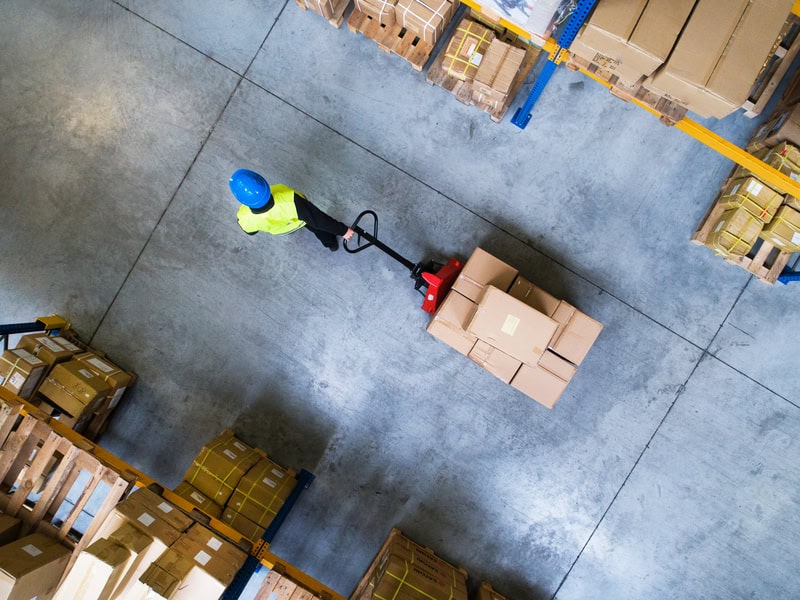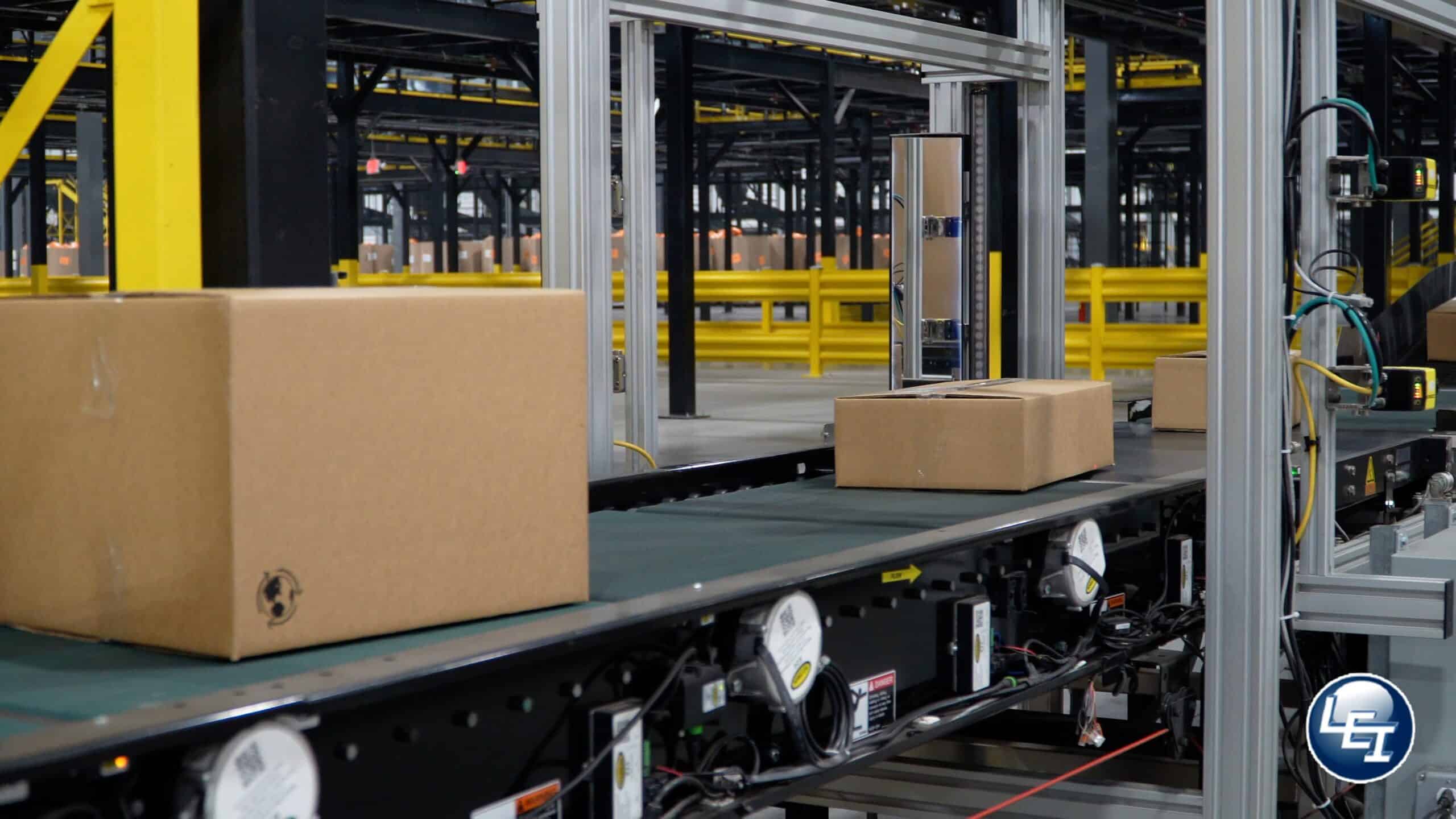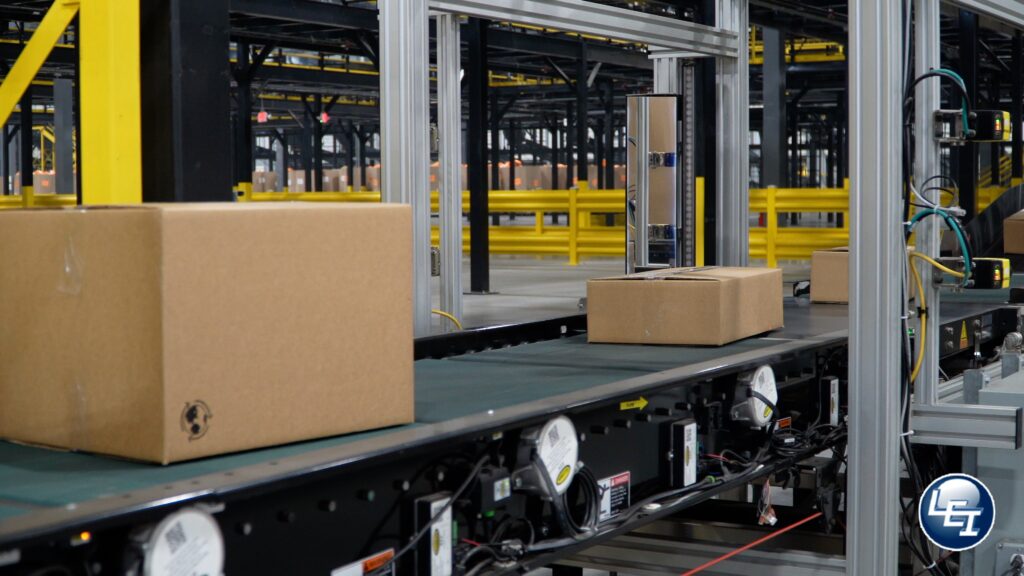Table of Contents
This article will dive deep into Conveyor System Operating Costs and Expenses. Operating a conveyor system is essential for many businesses, especially in material handling, distribution, and manufacturing. However, these systems come with a variety of associated costs that require careful consideration and management. At Lafayette Engineering, we understand the complexities of running conveyor systems and are committed to helping our clients manage and optimize their operational expenses. Below, we break down the major factors influencing conveyor system costs and offer actionable strategies to minimize expenses while maintaining peak efficiency.
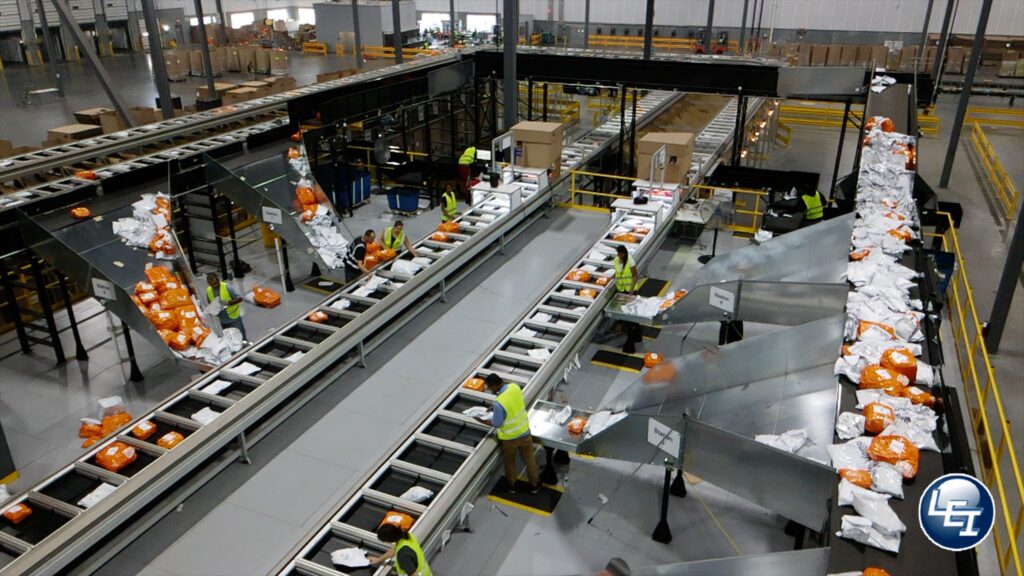
1. System Complexity and Design: Conveyor System Operating Costs and Expenses
The design and complexity of your conveyor system significantly impact its operating costs. For example:
- Simple Systems: A straightforward 100-foot powered conveyor has lower initial and ongoing expenses. Maintenance is simpler, and fewer parts mean reduced risk of failures.
- Complex Systems: Multi-line conveyor systems with intricate sortation equipment, such as high-speed cross-belt or tilt-tray sorters, incur higher costs. These systems have more moving parts, advanced software, and increased energy demands.
Optimization Tip: Choose a system design tailored to your specific operational needs. Over-designing can lead to unnecessary expenses, while under-designing may result in inefficiencies or increased maintenance costs. At Lafayette Engineering, our experts evaluate your facility’s needs and design systems that strike the right balance between complexity and cost-effectiveness.
2. Employee Training and Operational Readiness
Employees interacting with your conveyor system must be adequately trained. Proper training not only ensures safe and efficient system operation but also reduces the likelihood of costly mistakes.
- Training Content: Employees should learn operational procedures, system troubleshooting, and safety protocols.
- Ongoing Support: As your system evolves, ongoing training ensures your team remains adept at managing new technologies or upgrades.
How Lafayette Helps: We offer comprehensive training sessions during and after system installation. Our goal is to empower your team with the knowledge needed to maximize system performance and safety, reducing downtime and mitigating risks.
3. Maintenance and Repairs
Maintenance is a critical aspect of managing conveyor system costs. Without proper upkeep, even the most sophisticated systems can experience failures, resulting in costly downtime and repair bills.
- Preventive Maintenance: Regularly scheduled maintenance helps identify potential issues before they become critical, extending the life of your system and reducing unexpected repair costs.
- Emergency Repairs: Reactive maintenance, while sometimes unavoidable, tends to be significantly more expensive due to unplanned downtime and expedited repair requirements.
Our Approach: Lafayette Engineering provides customized maintenance programs that include detailed inspection schedules, diagnostic checks, and repair services. Our proactive approach ensures your system operates efficiently with minimal disruptions.
4. Energy Consumption
Energy usage is often one of the most overlooked operating costs of a conveyor system. Factors influencing energy consumption include:
- System size and speed
- Load capacity and frequency of use
- Energy efficiency of motors and drives
Energy-Saving Strategies:
- Upgrade Motors and Drives: Investing in high-efficiency motors and variable frequency drives (VFDs) can drastically reduce energy consumption.
- Optimize System Usage: Running your system only when necessary and at optimal speeds can prevent energy waste.
- Monitor Energy Data: Use monitoring tools to identify inefficiencies and areas for improvement.
At Lafayette Engineering, we prioritize energy-efficient system designs to help our clients reduce operational costs and meet sustainability goals.
5. Spare Parts Inventory
Unexpected equipment failures can lead to significant downtime, especially if replacement parts are not readily available. Maintaining a stock of critical spare parts is essential for minimizing disruptions.
- Key Components to Stock: Motors, belts, sensors, rollers, and bearings are common components that may need replacement.
- Balancing Inventory Costs: While stocking spare parts requires an upfront investment, it prevents prolonged downtime and lost productivity.
Our Solution: We help clients identify the critical spare parts needed for their system and provide sourcing support. Additionally, we offer recommendations for managing inventory to strike a balance between readiness and cost.
6. System Upgrades and Modernization
As technology advances, upgrading your conveyor system can provide long-term savings and operational benefits. Older systems often consume more energy, experience frequent breakdowns, and lack modern safety features. This is a major way to keep Conveyor System Operating Costs and Expenses lower in the long-term.
- Performance Improvements: Upgraded systems operate more efficiently and reliably.
- Cost Savings: Modern components and software reduce energy consumption and minimize repair costs.
- Enhanced Safety: Newer systems incorporate advanced safety features that protect employees and equipment.
Lafayette Engineering Expertise: We conduct thorough evaluations of existing systems to identify opportunities for upgrades. Whether you need a complete retrofit or minor enhancements, we provide cost-effective solutions to modernize your operations.
7. System Usage and Workflow Efficiency
How your system is used plays a significant role in its operating costs. Inefficient workflows can lead to unnecessary wear and tear, increased energy consumption, and higher maintenance costs.
Best Practices for Efficient System Usage:
- Optimize Load Distribution: Avoid overloading conveyors, which can strain motors and increase wear.
- Use Automation Wisely: Automation can improve efficiency, but over-automation can lead to higher upfront and maintenance costs.
- Monitor System Performance: Regular performance checks can identify inefficiencies and areas for improvement.
How We Help: Lafayette Engineering partners with clients to analyze system usage patterns and recommend process optimizations that enhance performance and reduce costs.
8. Regulatory Compliance and Safety Standards
Conveyor systems must comply with industry regulations and safety standards to protect employees and ensure uninterrupted operations. Non-compliance can result in fines, legal challenges, and reputational damage.
Key Areas of Focus:
- Machine guarding and emergency stop systems
- Noise level compliance
- Proper labeling and safety training
Our Commitment: At Lafayette Engineering, we ensure that every system we design and install adheres to the latest safety standards and regulations, giving you peace of mind and protecting your investment.
Why Choose Lafayette Engineering for Your Conveyor System Needs?
Managing Conveyor System Operating Costs and Expenses requires a combination of expertise, foresight, and proactive management. At Lafayette Engineering, we specialize in designing, installing, and maintaining conveyor systems tailored to your unique needs. Our team works closely with clients to identify cost-saving opportunities while delivering reliable and efficient solutions.
Our Services Include:
- Custom conveyor system design
- Comprehensive training and support
- Preventive maintenance programs
- Energy-efficient upgrades
- Spare parts sourcing and inventory management
- System retrofitting and modernization
By partnering with Lafayette Engineering, you gain access to industry-leading expertise and a commitment to helping your business succeed. We understand the motivation to keep Conveyor System Operating Costs and Expenses lower.
Contact Us
Are you ready to take control of your Conveyor System Operating Costs and Expenses? Contact Lafayette Engineering today to learn how we can help optimize your material handling operations. Visit our website at lafayette-engineering.com or connect with us on LinkedIn.
Let us help you transform your conveyor system into a cost-efficient powerhouse!

